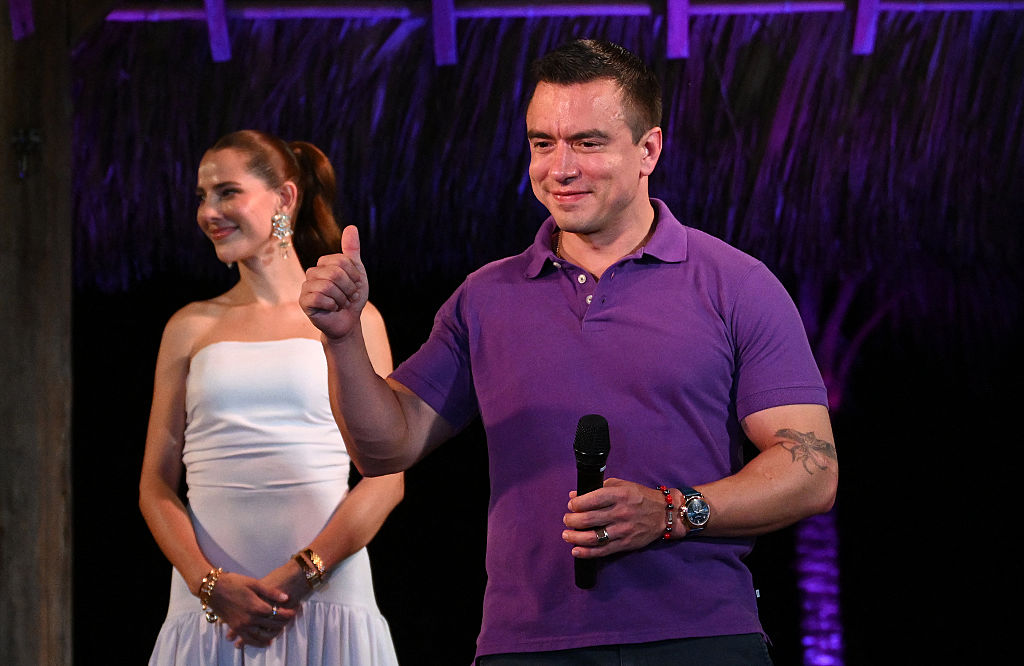Facebook: Democracy 2.0
Facebook: Democracy 2.0
Mauricio Ardila of George Washington University looks at the evolution of Facebook and how users organically mobilized millions of people to march against the FARC in Colombia.
On January 4, 2008, a small group of friends created a Facebook group whose sole purpose was to promote a peaceful, non-partisan march in Colombia to stand up against the Revolutionary Armed Forces of Colombia (FARC). What these unsuspecting individuals had not counted on was the massive, worldwide response their message would elicit.
Exactly one month later, millions of people around the world marched in 163 cities, from Washington to Dubai, to call for an end to this terrorist organization. According to police estimates, in Colombia alone, an estimated 4.8 million people turned out for 387 different events.
This unprecedented mobilization was lauded because of its universal message and its ability to bring together a worldwide protest of concerned individuals. Facebook, the social network utility site, is often used as a tool for raising awareness of global issues and collecting donations for numerous non-profit organizations. However, the momentum and outcry of the February 4 events were unparalleled.
More impressive than the size of the march was its humble origins. Soon after creation of the Facebook group, inquiries started pouring in from around the world, some to request information, others to offer gestures of support. Within weeks, complete strangers had formed a worldwide logistics network using Facebook, email, websites, blogs, and Skype, an Internet-based phone service.
Coincidentally, three days after the march, Facebook, with more than 2.8 million active users in Latin America and Spain, launched a Spanish platform—the first step in internationalizing the site. Like the anti-FARC march, users—almost 1,500—took the lead in ushering in the change. Working across borders, people of all ages translated the site in less than four weeks, with the top translator responsible for 3 percent of the new Spanish content.
Democracy is defined as “a form of government in which the supreme power is vested in the people.” If Facebook can serve as a means to make a person’s voice heard then it and other networks should be recognized as a tool of democracy.
The face of the Internet hardly resembles that of 10 years ago. Originally dubbed the “information superhighway,” the Internet has evolved into far more than just a source for information, giving birth to new, virtual communities. Many of these communities, such as gaming centers, file sharing networks, blogs, and forums, can, in part, attribute success to allowing individual web presence to remain completely anonymous. Facebook, on the other hand, puts a real identity and “face” to its users, helping it to function as a democracy-spreading arsenal.
As evidenced by the February 4 march, the Internet can play an important role in helping to engage entire populations at a time—a feat unimaginable just a few years ago. Critics may say the demonstrations were initiated by a small, elite group with exclusive access to the Internet. However, Facebook and other social networking sites are free and globally available.
For social networking to become a true tool of democracy, we must boost the number of people with access to the Internet. From 2000 to 2005, the number of Internet users in Latin America jumped from 3.8 percent to 15.6 percent of the population. Nonetheless, we still have a long way to go. Without access, participation in this new age remains a distant goal.
Mauricio Ardila studies international business at George Washington University and works part-time at the Council of the Americas in Washington, DC.








